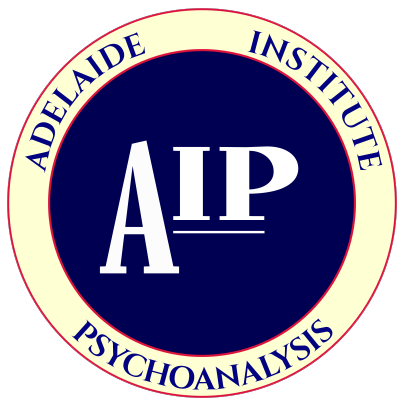What is Psychoanalysis?
What is Psychoanalysis?
When people ask about psychoanalysis, they usually want to know about psychoanalytic treatment. Who can benefit from Psychoanalysis? See the separate information sheet on this subject.
Psychoanalysis is based on the belief that the meanings of personal experiences often remain unacknowledged. These meanings contribute greatly to the factors that determine emotions and behaviour. These unconscious meanings may give form to unhappiness as revealed in symptoms, troubling personality traits, recurrent difficulties in work or in love relationships, or disturbances in mood and self-esteem. Because these forces are unconscious, the advice of friends and family, the reading of self-help books, or even the most determined efforts of will, often fail to provide relief.
Psychoanalytic treatment brings the unconscious meaning of residues of personal experience to the fore. Psychoanalytic treatment demonstrates how these unconscious factors affect current relationships and patterns of behaviour. In order to help a person master these influences, psychoanalysis traces them back to their historical origins. This permits a person to see how they have changed and developed over time, thereby offering the potential to deal more constructively with their appearance in current life. Analysis is an intimate partnership. The bonds created in the course of treatment create a safe environment for self-revelation. Through exploring the bonds of the partnership formed in treatment, not only does the person become aware of unconscious meanings, but the bonds themselves can reveal important ways in which difficulties can repeat themselves. The experience with the analyst is not simply intellectual, but is emotional and spans the range of human expressivity. Continuity in treatment is essential to developing the closeness and intimacy required for this form of self-exploration.
Typically, meetings with the analyst take place four or five times a week. The person lies on a couch so as to better attend to their internal processes. The person sets their own pace and their own agenda for the treatment by saying everything that comes to mind, to the best of their ability. The conditions of psychoanalytic treatment create a unique setting facilitating the emergence of aspects of the mind not accessible to other methods of observation. As the patient speaks, hints of the unconscious sources of current difficulties gradually begin to make themselves clear through certain repetitive patterns of behaviour, in the subjects which the person finds hard to talk about, and in the ways the person relates to the analyst. The analyst helps by tending to the evolution of the therapeutic bond. This allows the analyst to make meaningful reflections on the person’s difficulties. With these reflections, the person can refine, correct, reject, and further modify their thoughts and feelings. During the years that an analysis takes place, the person wrestles with these insights, going over them again and again with the analyst, and noting their influence on their experience in daily life, in fantasies, and in dreams. Through a joint effort with the analyst, the person comes to gain mastery over crippling life patterns, or over incapacitating symptoms. This new found mastery also helps to expand the freedom to work and to love. Over the course of time, the person’s life – his or her behaviour, relationships, sense of self – changes in deep and abiding ways.
Who is a Psychoanalyst?
The designation “psychoanalyst” is not protected by Federal or State law: anyone, even an untrained person, may use the title. Before beginning an analysis, the practitioner’s credentials should be known. Psychoanalysts trained under the auspices of the Australian Psychoanalytical Society have had very rigorous and extensive clinical education. Candidates accepted for training must meet high ethical, psychological, and professional standards. Candidates are medical practitioners, psychiatrists, psychologists, social workers or other health professionals who have had intensive clinical experience. On being accepted for training, they follow a structured program of theoretical and clinical seminars, have thorough supervision on training cases, and have their own personal psychoanalysis. The training program usually extends over five to seven years. On completion, candidates become Associate Members of the Australian Psychoanalytic Society and Members of the International Psychoanalytical Association, the body which monitors standards for Psychoanalytical practice worldwide, and which has over 12000 members.
